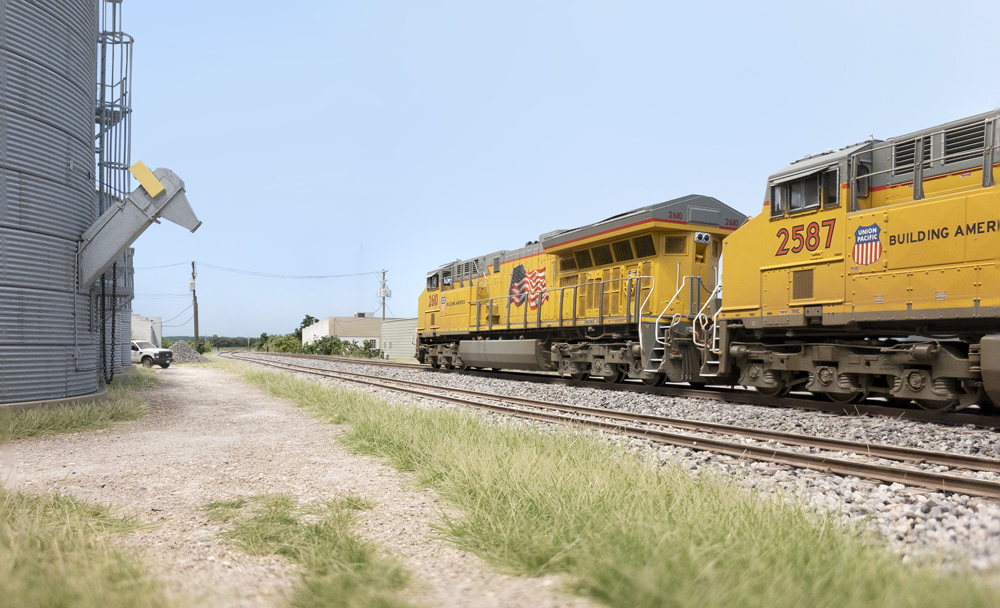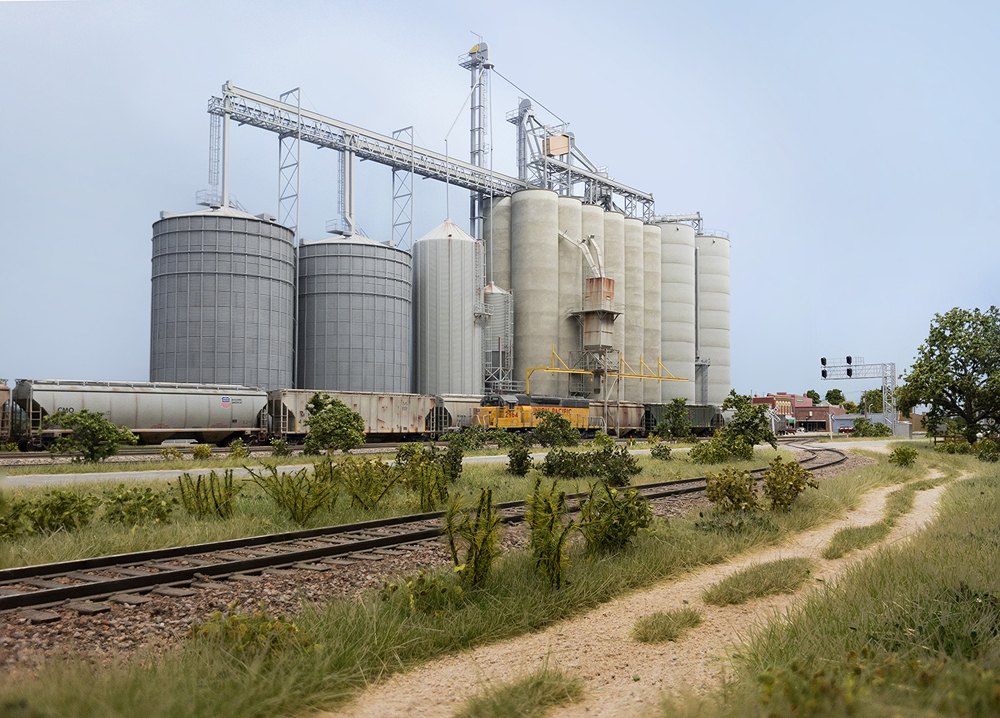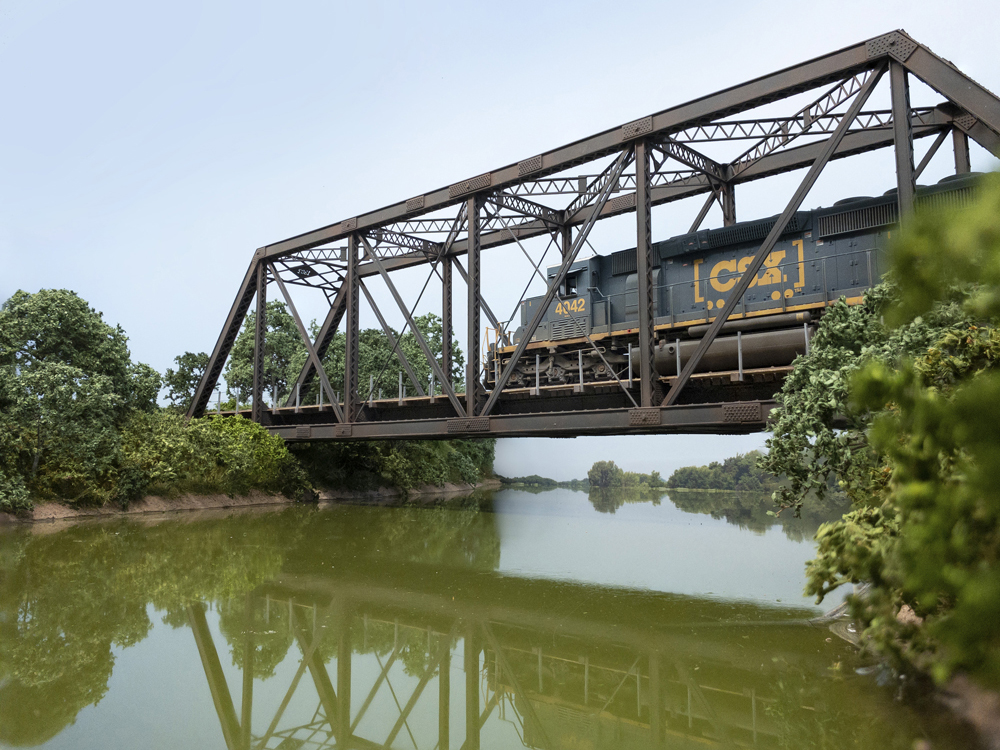What was your first train set or locomotive?
As a kid I had a Märklin train, but I never had a layout, just a circle of track I put on the floor when I wanted to play with my trains. When I became a teenager, I lost interest in my trains and sold them. I was 38 years old before I came back to the model railroad hobby.

Describe your model railroading philosophy in 6 words.
Always prioritize realism over anything else.

What has been your biggest modeling success?
If I have to pick only one thing, it must be the grain elevator complex I built for my Daneburg layout (see the February 2021 issue of Model Railroader in our archive). The layout was later bought by TrainLife and can be seen at their warehouse in Provo, Utah. [See video of this layout: https://www.trains.com/mrr/videos-photos/videos/layouts/layout-visits/video-cab-ride-on-pelle-soeborgs-ho-scale-daneburg-sub/ –Ed]
What was your biggest modeling mistake?
My first attempt to build a North American model railroad scene. At the time I had never visited the U.S., so my modeling was mainly based on the layouts featured in Model Railroader. I filled in the blanks with things I had seen here in Europe. No need to say that the result was terrible.
What’s your least favorite modeling task?
Wiring, without any doubt.

What project(s) have you been working on recently?
The space I have available for trains in my current home is limited, so all I have room for is a module. I am currently working on a two-section module featuring a scene with a bridge crossing a river. My module sections follows the specifications of the European FREMO-US HO single track module standard and can in theory be part of a larger modular layout.
Modules offer a way to enjoy the hobby for us who don’t have the space for a layout. There are at least two FREMO-US events taking place here in Denmark every year where modelers from northern Germany and the Scandinavian counties meet for a weekend and run trains on a large layout.
What advice would you give to a new hobbyist?
- Keep your scenes simple
- Model the ordinary rather than the extraordinary
- Give the various elements space
- Use a muted color palette
- Avoid elements that look out of place














I thank MR for this little glimpse into Pelle.
As a Secretary for a club, peoples names are important to me; spelling and pronunciation particularly.
If you will, how do we pronounce Pelle’s NAME?
TJ Shilley
Tacoma, WA
UP BN TR
Those scenes look so real! As a Nebraskan I can vouch for how well he captured the essence of the UP in this state.